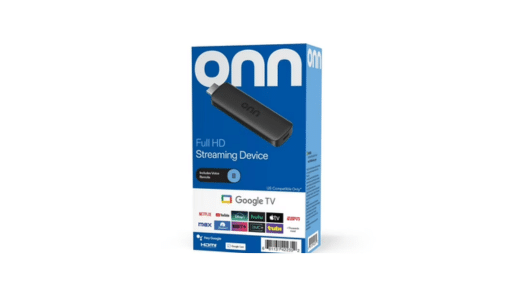As the temperatures in the UK soar, I, like many, have elected to stay indoors as much as possible. Sitting in shade, being fanned, and getting lost in gameplay.

Weirdly, as the fans whirred and the sweat beaded on my forehead, I was transported back to playing on last generation’s consoles – to that familiar sound as the disc spun and the cooling fans jolted to life to keep the console from overheating. This is something I had forgotten about and taken for granted as a cloud first gamer.
Console Noise and Heat
The more I thought about it the more my gratitude towards cloud gaming grew. While remembering the hot air being pushed out of the vents and surrounding the console, I realized how glad I am not to have this added heat in an already baking room today.
This isn’t a console only issue of course. My underpowered PC would mimic a jet readying for take off by simply opening basic games – the heat emanating from the internal components prickling my legs. The PC wouldn’t even run Red Dead Redemption 2 or Cyberpunk 2077, let alone running those games without pumping out hot air.
And the impact on the rest of the world?
My mind then inevitably went deeper, and it wasn’t long before I started to ponder how Stadia and cloud gaming as a whole could possibly affect the world environment.
The topic of how good or bad Cloud Gaming is for the environment is a complex one. Most articles and studies (e.g. 1,2,3,4) suggest cloud gaming isn’t a green option (for now at least) because of two points (1) it encourages users to play more graphically intensive games (that cost energy in a datacenter) than they otherwise would on a given device (phone, TV dongle, laptop) and (2) there are energy overheads associated with datacenter cooling and networking vs running the hardware locally.
Let’s discuss these two points:
Point (1) is essentially just a statement that cloud gaming could encourage more people to play higher-quality games. Getting more people playing more high quality games is, in fact, what success looks like! However, more people playing more high quality games consumes more energy regardless of where they play! It’s not a cloud gaming specific issue. It isn’t really practical to tell the gaming industry to do worse… The oil and gas industry? Sure. But, not our beloved gaming industry!
So, yes, new people playing more graphics-intensive games via the cloud could lead to more overall energy use. However, because most of the energy of this new gaming consumption is used in networking and at the datacenter (assuming people are playing on thin-client like devices such phones, tablets, chromecasts, TV apps), we really just arrive at Point (2).
Point (2) is that datacenter cooling and networking overheads lead to significant extra energy use compared to powering an equivalent local gaming rig. There is definitely truth to this in an average datacenter today. However, there is also a huge potential upside with the centralization here.
It is easy to see that every major cloud computing company out there is taking their environmental impact seriously. As they update their mission statements in an attempt to bring down their carbon footprint, they make changes that affect us as consumers and hopefully, in turn, save the planet. Whether it is Apple leading the way and taking the charger from the box to reduce shipping and production emissions, or it’s General Motors committing to run its factories on 100% renewable energy, companies are taking their environmental impact seriously.
It seems there is a greater potential to get large companies to take action than every individual in your city.
Every Company seems to be committing to something.
It’s worth noting too that Google, in particular, are aiming to bring down the carbon emissions to 0 at their datacenters and are already more efficient than competitors (they have a PUE of about 1.1).

Google and other datacenter operators are both rapidly innovating to make their operations more energy efficient (utilizing liquid cooling, recycling heat etc.) as well as procuring renewable energy from wind and solar sources along with energy storage solutions. And, the investments the industry makes here has a significant impact on the development and cost of renewable energy generation and storage for everyone!
The Elimination of “Stuff”
It’s my belief that the rise of digital only (discless) consoles such as the XBox Series S and the digital PS5 also shrink gaming’s carbon footprint. By having a digital console, you reduce the demand for physical copies of games – thus lowering the production of plastic and the mining for minerals required to manufacture the goods.
But of course there is still the environmental costs of manufacturing and shipping the console itself.
In the cloud, as well, there is still the production cost of the servers as well as the shipment and manufacturing of controllers and Chromecasts.

However, the servers can, in principle, be shared among many users, and given the size and weight difference of a Chromecast, the CO2 footprint will be a fraction of what it is to make and ship a console (not forgetting that consoles still utilize online servers too). So, cloud gaming produces less excess plastics for game cases and discs, with less parts and components required per person.
Not only am I staying cooler thanks to the cloud, I can rest assured that Stadia and other cloud gaming services have a future as green as the datacenters that serve them – solar panels on your roof not required.
It’s important for us all to keep the pressure on Cloud service providers to continue turning lip-service into progress in this area. But, I can sleep a little easier in my cooler household at the thought.









